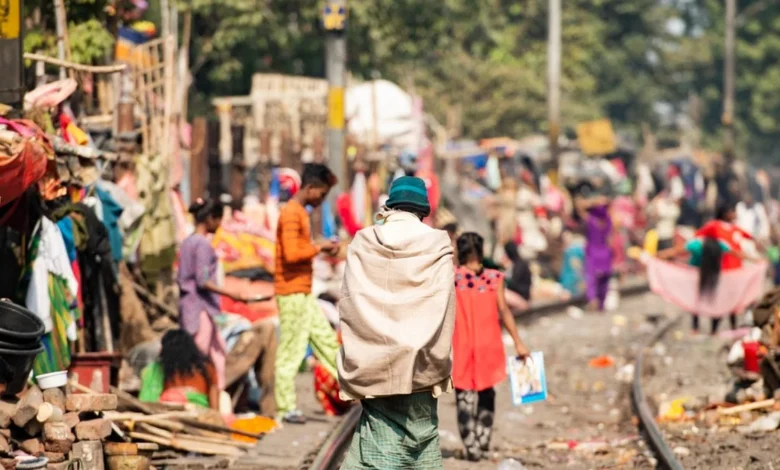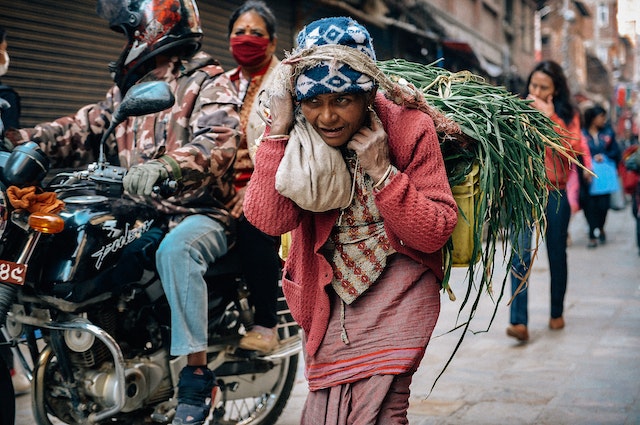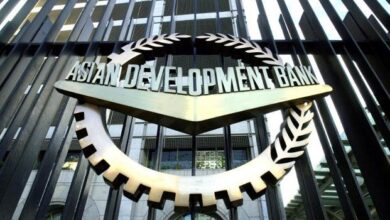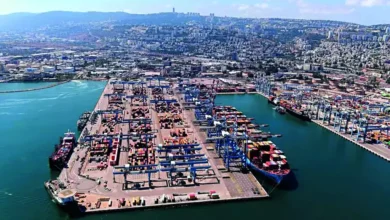Pandemic and inflation push 68 million more people in Asia into poverty
Inflation in most countries has soared to multi-year highs last year, driven by a rebound in economic activity and a surge in supply chain disruptions.

According to the Asian Development Bank, the coronavirus pandemic and rising inflation in developing Asian countries pushed almost 68 million more people into poverty as of last year. Developing Asia consists of 46 economies in the Asia-Pacific and excludes Japan, Australia and New Zealand.
In a report released on Thursday, the Asian Development Bank (ADB) said an estimated 155.2 million people in developing Asia, or 3.9% of the region’s population, lived in extreme poverty as of last year, 67.8 million more than would have been the case without the health and cost-of-living crises.
“Asia and the Pacific is steadily recovering from the COVID-19 pandemic, but the increased cost-of-living crisis is undermining progress toward eliminating poverty,” said ADB Chief Economist Albert Park. “By strengthening social safety nets for the poor and fostering investment and innovation that creates opportunities for growth and employment, governments in the region can get back on track,” Park added.
Asia and the Pacific is steadily recovering from the COVID-19 pandemic:
The economies of Asia and the Pacific have been growing steadily in recent months, as countries have reopened their borders and lifted COVID-19 restrictions. However, the recovery is uneven, with some countries faring better than others.

Inflation in most countries hit a multi-year high last year, driven by a rebound in economic activity and a surge in supply chain distribution. This has affected everyone but the poor are hit harder because they had to spend more on food and fuel, which made it difficult for them to save money and spend it on essentials such as healthcare and education.
Developing Asia was on track to grow 4.8% this year from a year earlier, faster than the previous year’s 4.2% expansion, the ADB said in July. But while economies in developing Asia were expected to make progress in addressing poverty, the ADB said 30.3% of the region’s population, or about 1.26 billion people, will still be considered economically vulnerable by 2030.
Please, also have a look into : Australian unions fight for WFH flexibility as companies shift towards pre-pandemic work setting



